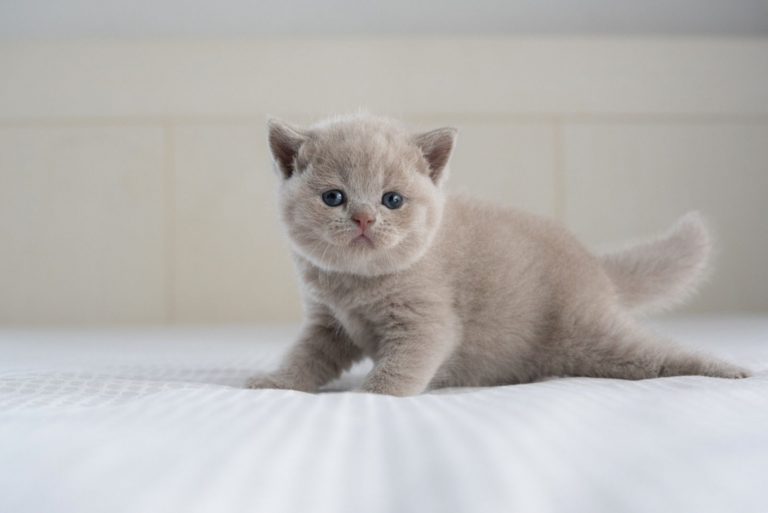How Different Are Male Cats Vs Female Cats? Pros And Cons
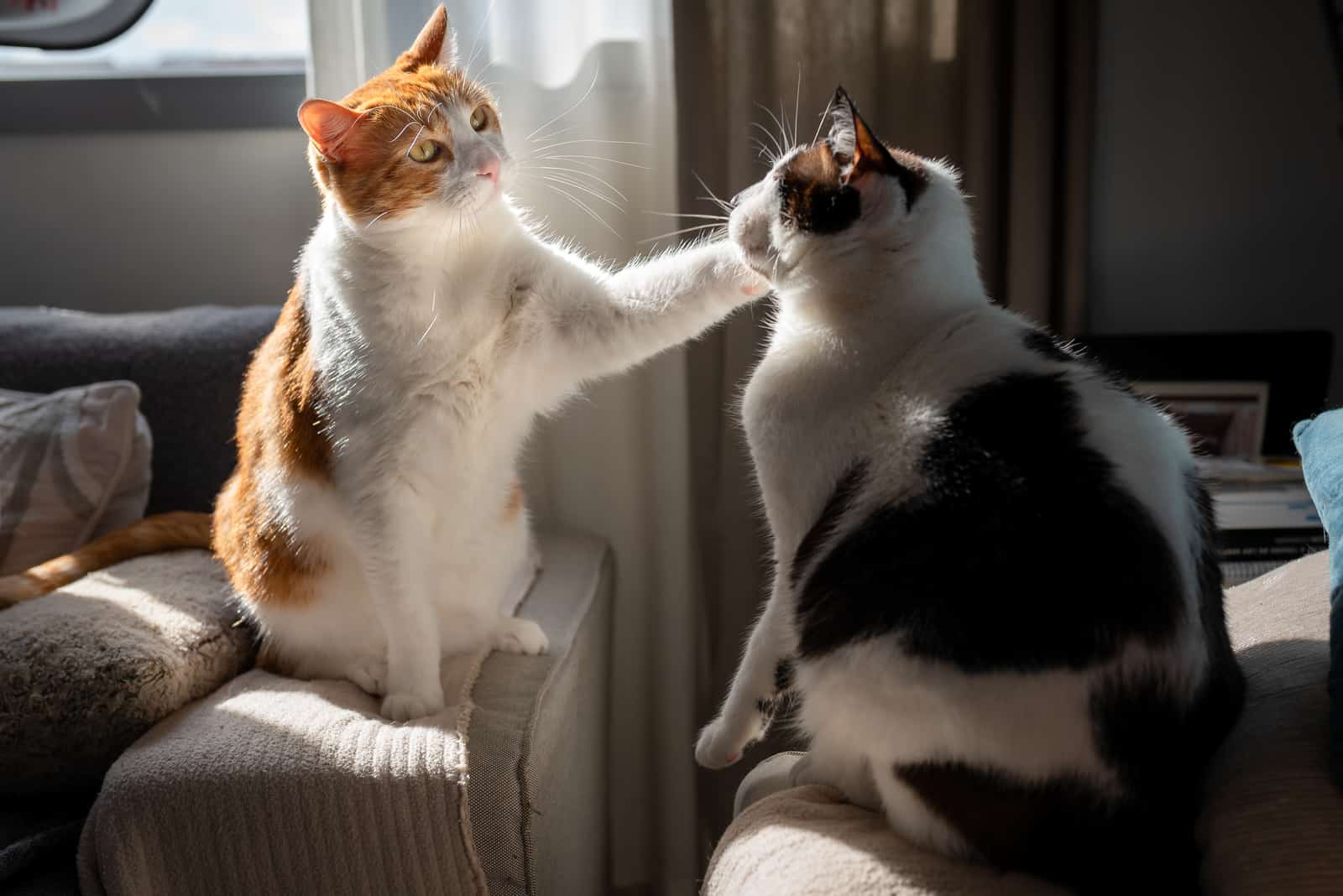
Whether you’re a new cat owner or you already have cats but you’re thinking of bringing home a new kitten, it can be tricky to choose whether the new member of your family should be a male cat or a female cat.
You’re in the right place to learn all there is to know about domestic male cats vs female cats. Which one makes a better family member, and how well do they get along?
Check out the following male cats vs female cats pros and cons and get a good general overview of their differences in appearance, personality, health, and requirements.
Male Cats Vs Female Cats Pros And Cons
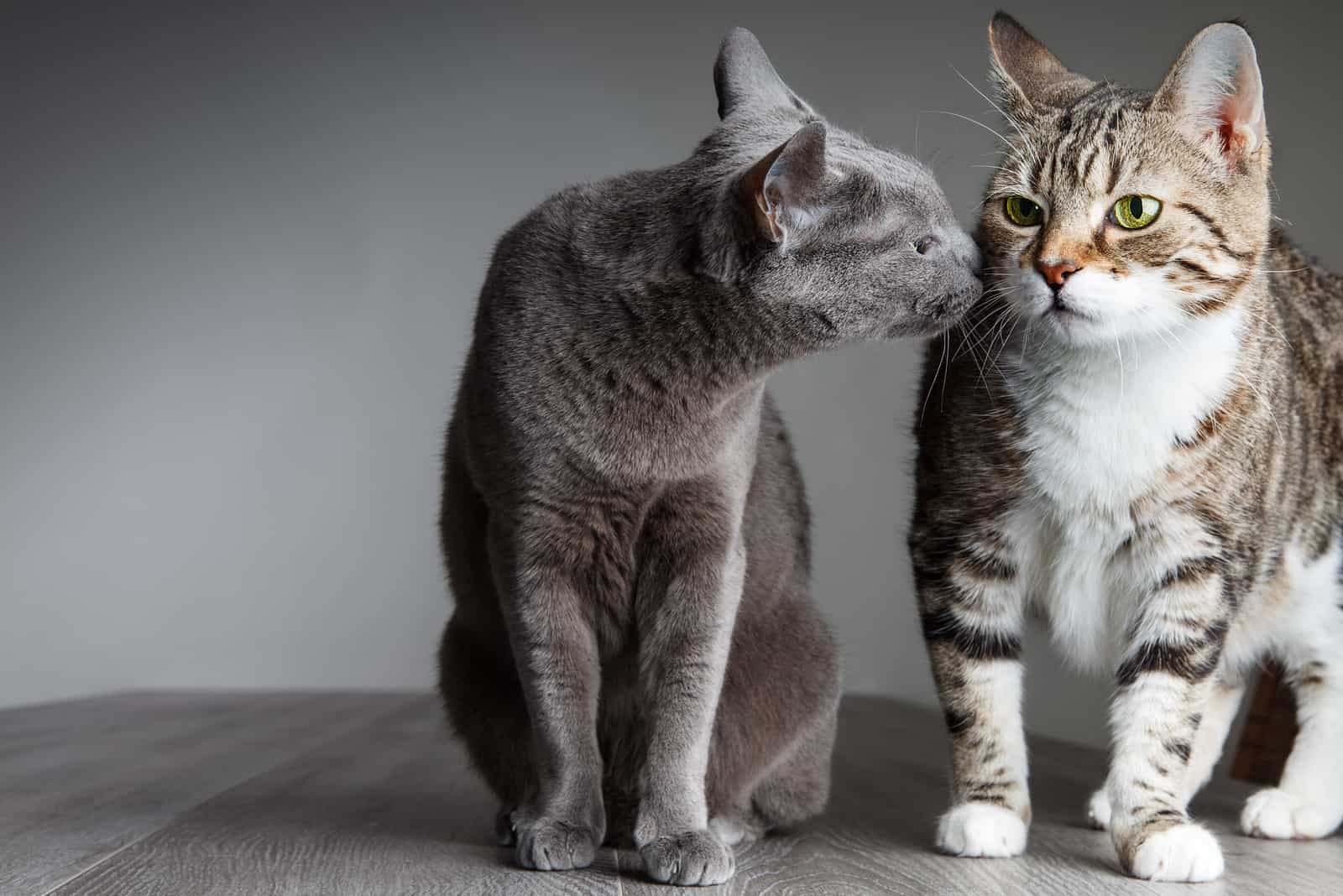
Before you adopt a new cat, you should look into its purebred or hybrid history and, of course, check health records where possible. Knowing your cat’s breed can help in many ways, and then comes the gender part of the equation.
Every cat is different, as I always say, but there are general characteristics that can be applied. For example, Siamese male cats tend to be more needy than Siamese females, while American Shorthair males and females are quite alike in personality..
Other than the obvious physical differences in the genital area and in the overall size of the cats, there are quite a few gender differences between male cats vs female cats.
Let’s have a look at a general overview of male cats vs female cats pros and cons before we get into the more in-depth detail about each later on.
Male Vs Female Cats Pros
| Male Cat: Pros | Female Cat: Pros |
|---|---|
| Because most orange cats are male, anyone looking for a ginger male will have a lot simpler time finding one. | Most tortie or calico cats you encounter are female, so anyone looking for a pet in these coat colors will have an easier time finding a female. |
| Male cats are more loving and tolerant of people than female cats. | Females are somewhat smaller than males, making them more suited to compact houses and flats. |
| Two male cats may coexist together as long as they don't see each other as rivals. | Female cats are more independent than male cats, which is ideal for busy owners. |
Male Vs Female Cats Cons
| Male Cat: Cons | Female Cat: Cons |
|---|---|
| Male cats are bigger and require larger litter boxes and beds, making them unsuitable for smaller households. | Because ginger cats are primarily male, locating a female ginger cat might be difficult. |
| Male tortoiseshell and calico cats are exceedingly rare, and the ones that do occur may be infertile. | Female cats seem to be more reserved than male cats and do not form as strong bonds with their owners. |
| Male cats who have not been neutered might become violent towards any other pets and people. | If female cats are not spayed, they will go into heat, which will cause them to be highly noisy and disrupt their sleep. |
| Male cats are more territorial than female cats and are more inclined to pee on household items. | Unspayed female cats can develop uterine cysts, pyometra, and ovarian and breast malignancies, all of which are fatal. |
| Males are more likely than females to have urethral obstructions and feline tail gland hyperplasia. | Two female cats seldom get along unless they were reared together as kittens. |
Check this out: Why Do Female Cats Attack Males After Mating? Learn Now
Male Vs Female Cat: Appearance, Colors, & Size
The physical appearance of a cat is frequently the first thing we consider; we all want the most amazing cat we can find! However, because beauty is subjective, one person’s idea of cute can be very different from another’s.
Nonetheless, a cat’s sex can influence the size of the cat and it’s coat color, so this may influence your choice of whether a male or female cat is best for you.
Coat Colors & Patterns
Orange cats are almost always male, while tortoiseshell cats and calico cats are usually female. Orange is one of the most famous coat colorings amongst domestic cats, and ginger cats are regarded for their loving and pleasant personalities.
However, did you know that around 78% of all ginger cats are male? If you wanted a ginger tabby, now you know that you’re most likely to get a male ginger cat. Female orange cats do exist, but you’ll probably be searching a bit longer for them.
A female cat must possess this ‘orange’ gene on both her X chromosomes to be orange, whereas male cats will be orange if they contain any orange gene.
Carrying the orange gene on both X chromosomes is substantially less common than carrying it on just one. It all boils down to simple probability.
Most calico cats are female because cats have to have two x chromosomes in order to produce a calico coat pattern, while male cats seldom have two x chromosomes. Male cats can only have calico colorings if a mutation occurs during the development phase in the womb.
See also: Are All Orange Cats Male? Are There Females? Answers Below!
Average Size
Size is an important factor when choosing a cat and this is directly related to gender. In most cases, male cats are larger, weighing around 12 pounds, while female cats are generally smaller, weighing around 10 pounds.
This doesn’t make much of a difference, but it can affect whether you have enough room in the house for all of your cat’s stuff.
For example, male cats themselves do not take up much space but they do require larger litter boxes, cat beds, scratching posts, and other equipment that takes up space in your home.
Therefore, if you live in a small apartment, it may be better to get a small female cat. On the other hand, if you have the space and want a big cuddly cat, you might want to get a male instead.
Which Is Better? Male Or Female Cat’s Personality?
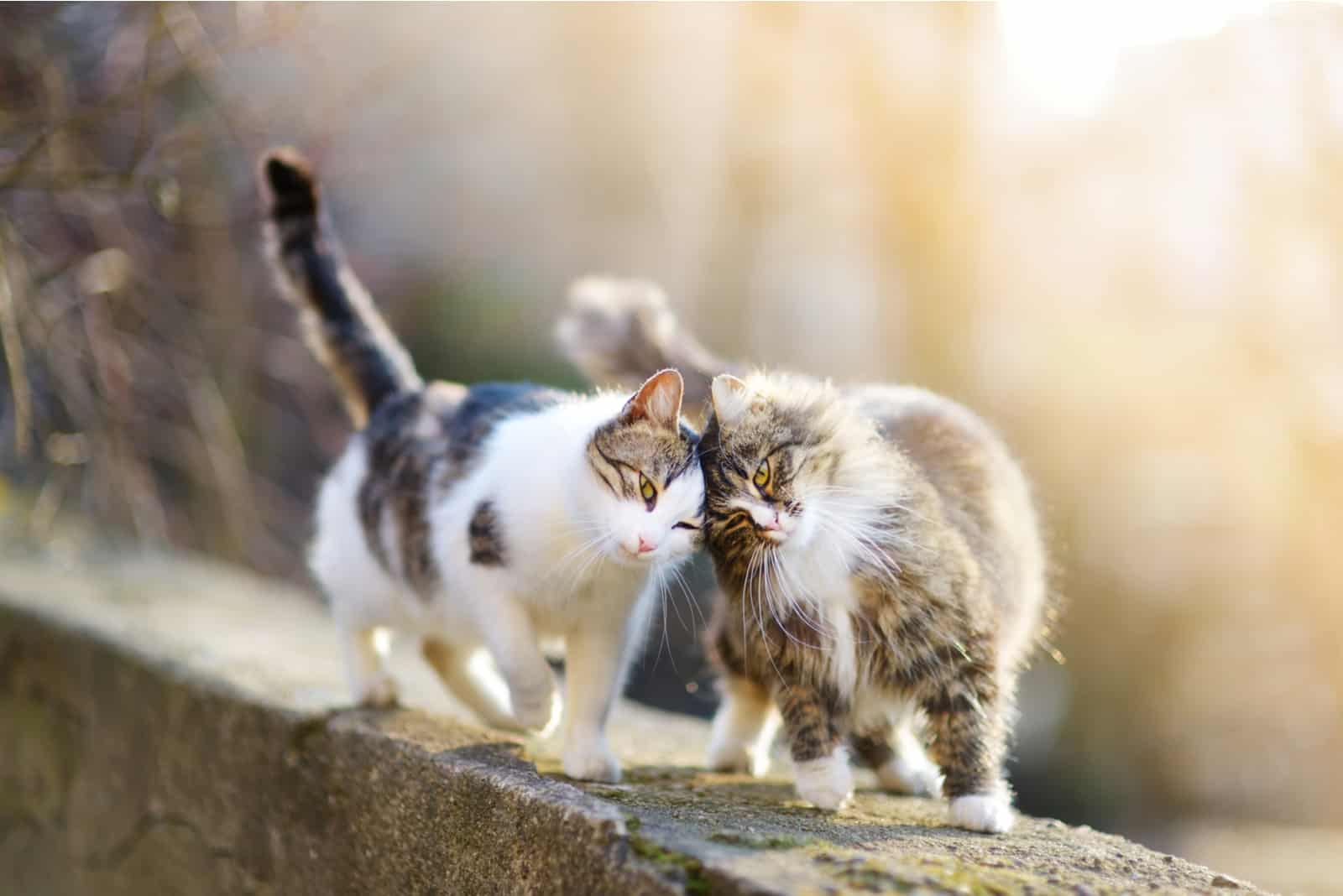
Every cat has its own personality and temperament, and the males and females of certain domestic cat breeds exhibit remarkably similar behavior. However, there are a few distinctions between the sexes that you should expect to notice.
Male cats typically have a more laid-back temperament, while female cats aren’t as relaxed and are far more independent than our male furry friends.
This is much more noticeable in male vs female cats who haven’t been spayed or neutered.
Male Cats Vs Female Cats: Which Is More Independent?
As a general rule, male cats are more loving toward their humans than female cats. This is a huge benefit if you want a cat you can properly bond with or if you have a busy family with youngsters.
Male cats will appreciate all of your affection and time spent with them, and they are fairly tolerant of humans. This neediness, however, might be a drawback for someone who has a hectic schedule and therefore less time to devote to their feline friend.
Female cats, on the other hand, are significantly more independent than males. As a result, they are often preferred by those who lead hectic lives. Your female feline will be more capable of keeping herself occupied while you are away or busy with other activities.
However, as a result, the relationships between female cats and their humans are sometimes not as strong. Female cats may appear more unpredictable and standoffish than their more cuddly male counterparts.
Neutering/Spaying Pros & Cons
Male cats are known for being affectionate and sociable, yet they can also be highly aggressive. This is usually only a problem if your male cat has not been neutered.
As they age, their sex hormones might cause them to become violent toward other cats in the area who they believe are invading their territory. In rare circumstances, they can even turn hostile towards their owners..
Having your cat neutered should help to eliminate any aggressive and territorial traits. You can also get a microchip cat door to ensure that no other cats enter your home and threaten the precious territory of your male cat!
Unneutered males may not be appropriate pets in homes with small children.
Unneutered male cats, especially tomcats, like exploring far more than unspayed females. This is all related to their continual mating quest; they will go surprisingly far away in order to find a female in heat to mate with.
As a result, male cats go missing far more frequently than females and they tend to get into far more trouble in the outside world. This might mean that a female cat is a better alternative for a concerned owner.
See also: When Is It Too Late To Neuter A Cat? Read On To Find Out!
Female Vs Male Cat Behavior

Many cats have behavioral disorders, which may also be traced back to sex hormones. However, just like attitude and temperament, whether or not your cat has been sterilized has a significant impact on any unwanted behaviors you’ll have to deal with as its owner.
Let’s investigate more.
When In Heat…
Female cats reach maturity and go into heat every three to four weeks for around 6 months each year. They can get pregnant during the heat phase. Female cats become exceedingly noisy and meow all day and night when they are in heat.
By doing so, she is loudly proclaiming her availability to surrounding male cats. This can be a very disturbing period for her owners. It might be especially difficult if you have a newborn, and if you choose a female, expect restless nights.
Intact male cats are more likely to spray urine, i.e. they are far more prone to urinary marking since they are fiercely territorial. Spraying is when your cat urinates on something inside or outside of its home that it wants to claim as its own.
There isn’t much you can do to reduce spraying unless you get your male cat neutered, so be prepared to spend a lot of time cleaning up after your male feline.
Learn more: Do Cats Bleed When In Heat? A Common Misconception Explained!
Cohabitating With Other Cats
Apart from physical, behavioral, and medical issues, you may have a few more questions about choosing a male or female cat. In particular, many potential owners ask about how male and female cats coexist in multicat households?
You don’t want your cat growling at your new kitten (and vice versa)! Here’s how two males or two females, or one of each, can coexist in harmony.
Female Cats Together
As female cats are more reserved, having two in one home might be a difficult transition to make. Two females may be rather fierce when brought together from different litters as kittens, so only get two female cats if they have already bonded.
Even if your cats don’t get along, this is your greatest opportunity for them to become pals.
It may take up to a year for two mature females to properly coexist. You can make things a bit simpler by providing separate litter box areas and feeding areas for each cat to reduce competitiveness and mealtime aggression.
Check out: Buyer’s Guide: Best Multi Cat Litter Box Solutions
Male Cats Together
Assuming both of your male cats are neutered, there probably won’t be a problem for them living together. After neutering, their aggressive side should be reduced while their kind and loving qualities will be reinforced.
If you do not neuter your male cats, things may get rather hostile until your cats get used to one another.
If two male cats do not regard each other as rivals, they will get along better. To put it another way, if they’ve always lived together and don’t know any better, or if one is an older cat and the other is a kitten.
Consider this while choosing which gender cat to bring into your home.
Different Genders Work Best Together
If you already have one cat, I would strongly advise you to get a second cat of the opposite gender. In most circumstances, this is the ideal pairing.
This is particularly true if you are bringing a new kitten into a home where your cat has been living alone for a long time or if you are adopting two adult cats at the same time.
If you have two cats of opposing genders, you should consider neutering/spaying at least one of them but preferably both. As they will be living together, it is better to have a spayed female cat since it is possible that they could become pregnant by mistake if intact.
Of course, if you are a breeder, this is a very different scenario.
Notes On Health Concerning Male Vs Female Cats
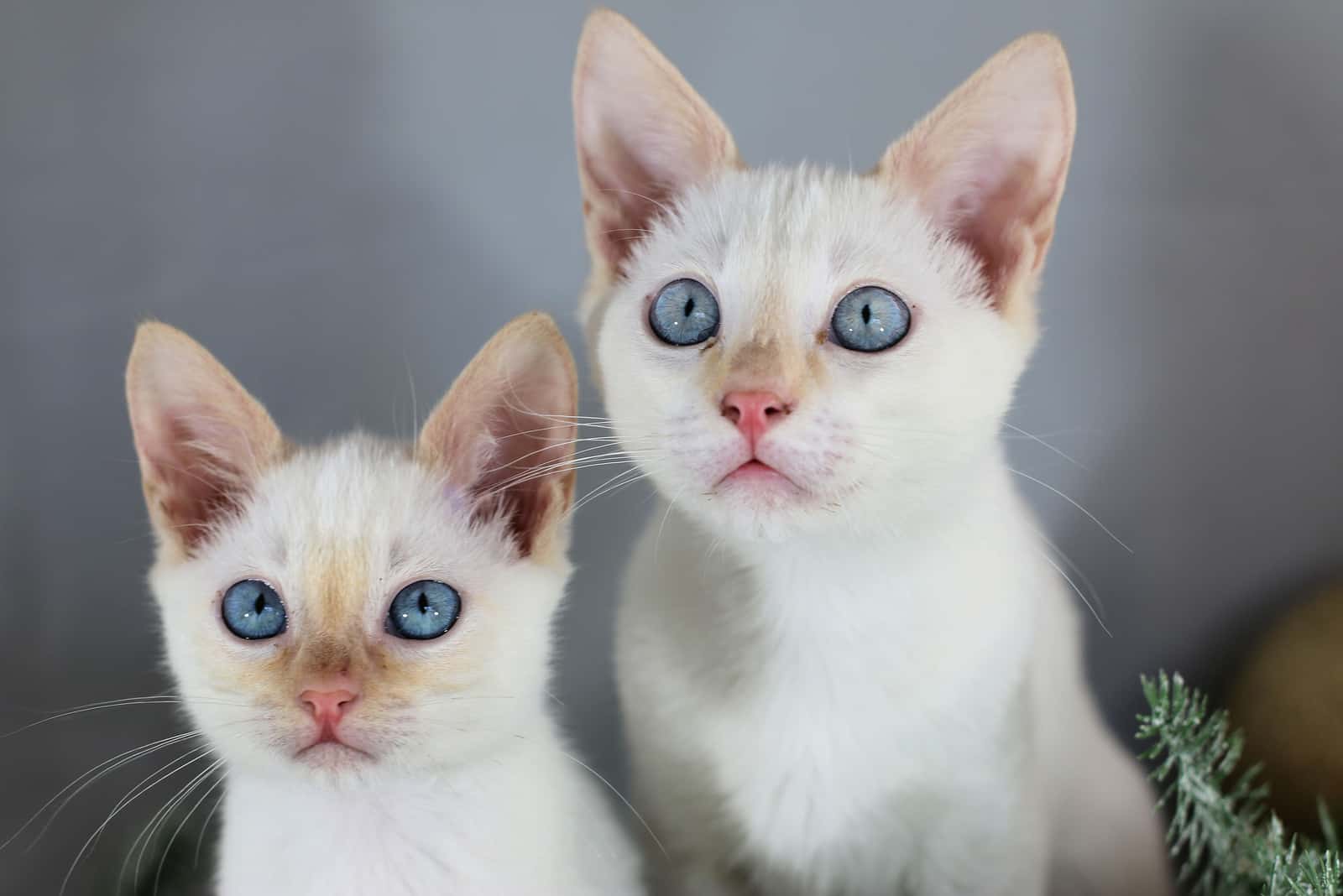
Although it is not a cheerful subject, it is important to examine any potential health risks when purchasing a male or female cat.
It is important to note that many of the health issues that affect female cats can be avoided by having the cat neutered. However, male cat health problems cannot be completely avoided by neutering.
Cysts, Cancers, Or UTIs
Many of the health concerns that disproportionately affect female cats are conditions that affect their reproductive organs. Uterine cysts or tumors, pyometra (uterine lining irritation), and ovary and mammary cancer are all common problems.
These are all serious illnesses that can be fatal so they need urgent surgery or intensive treatment. If you do not wish to have your female cat spayed, bear in mind that she will be more likely to develop these hazardous diseases.
Spayed females and male cats, on the other hand, won’t be vulnerable to these major disorders as they don’t have the uterus and/or mammary glands in question.
Urinary tract infections (UTIs) can affect both male and female cats, resulting in urine containing blood and painful urination.
Male cats, on the other hand, have longer and thinner urethras than females. As a result, they are considerably more susceptible to suffering urethral obstructions.
This is considered a medical emergency because your cat will be unable to pee unless the blockage is removed.
Tail Gland Issues
A higher incidence of feline tail gland hyperplasia is another problem in male cats. This disorder, also known as stud tail, occurs when the gland at the base of the tail generates an excessive amount of sebum.
This causes skin infection and greasy matted hair at the base of the tail. You will also notice a bad odor from your cat’s tail. Shampooing on a regular basis might assist in maintaining healthy sebum levels.
Neutering may help reduce these problems, but there is no guarantee.
Check out: Cat Scent Glands: The Where, The What & The Why
Finally…
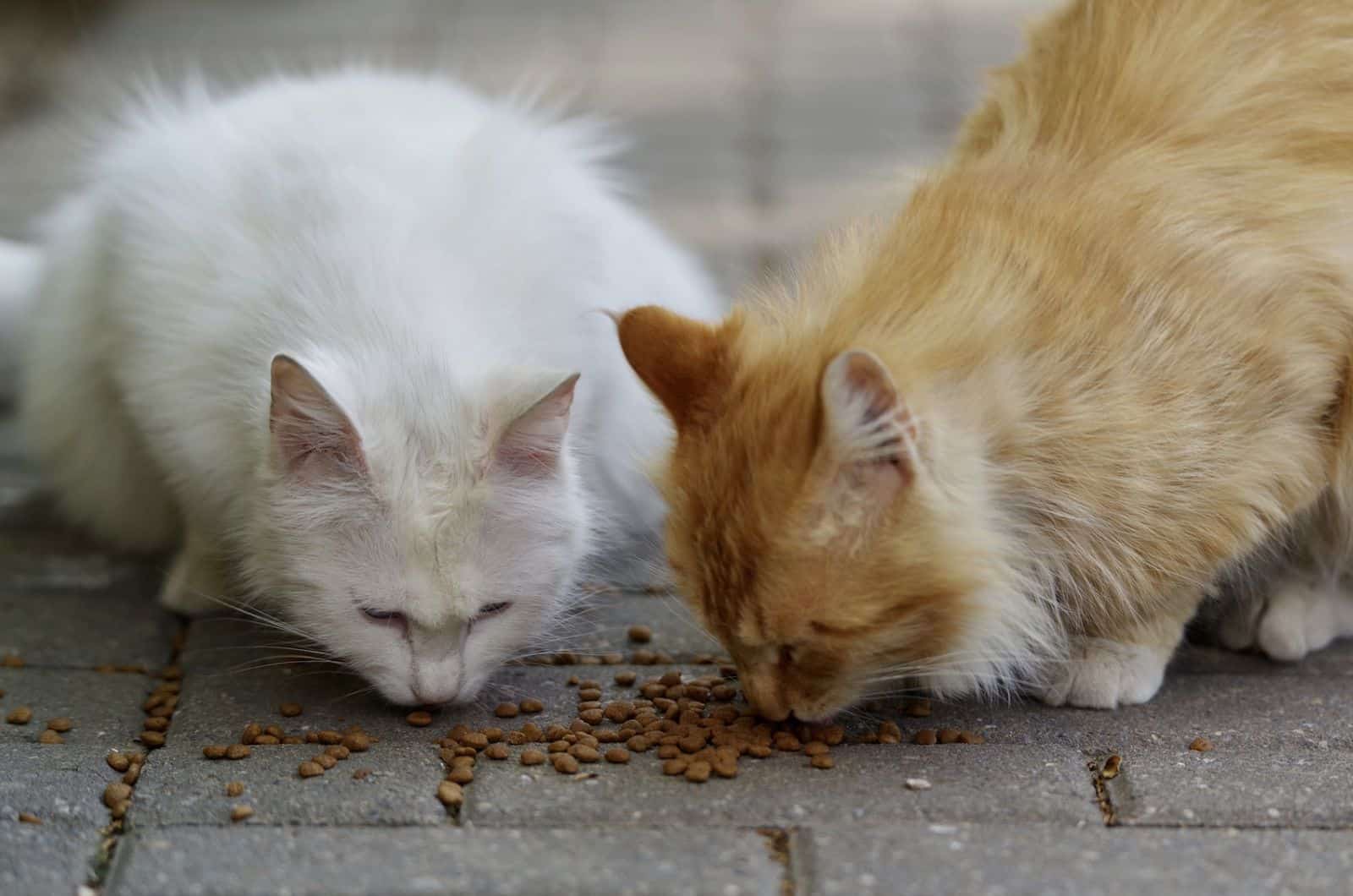
Every cat is different, and of course, any cat can make a lovely new member of the family! You can be confident that whether you choose a male or female cat, their gender will not usually have a very significant impact on their behavior.
If you choose a male cat because you believe it will be more loving, remember that this may not be the case. While it can be helpful to know about general trends in the cat world, your cat might be the one that defies the stereotype!
In the end, what truly matters is how you raise your new feline buddy, the situations they are exposed to, and the lifestyle they lead. These elements will have a much greater effect on their personality than gender.


